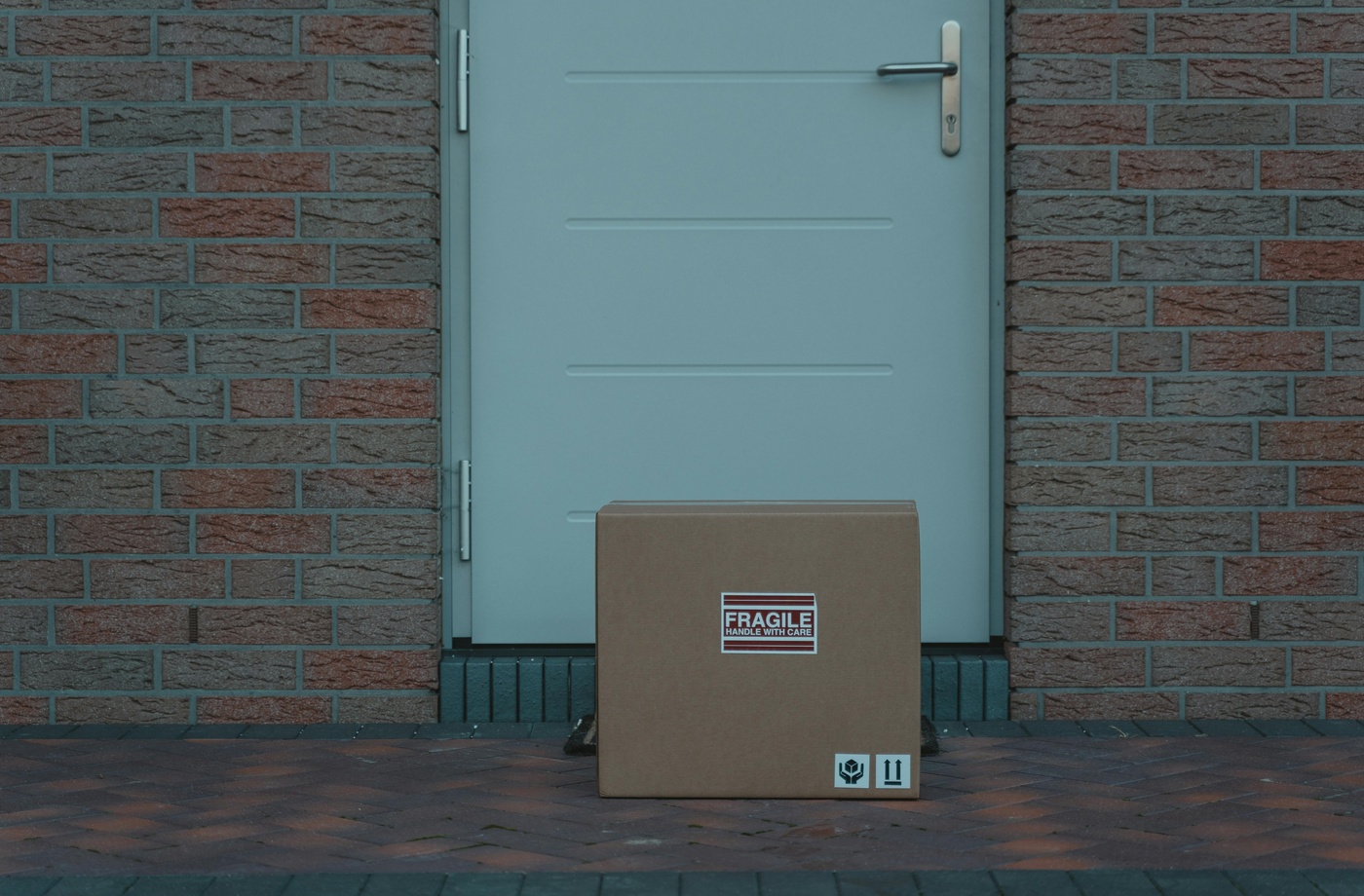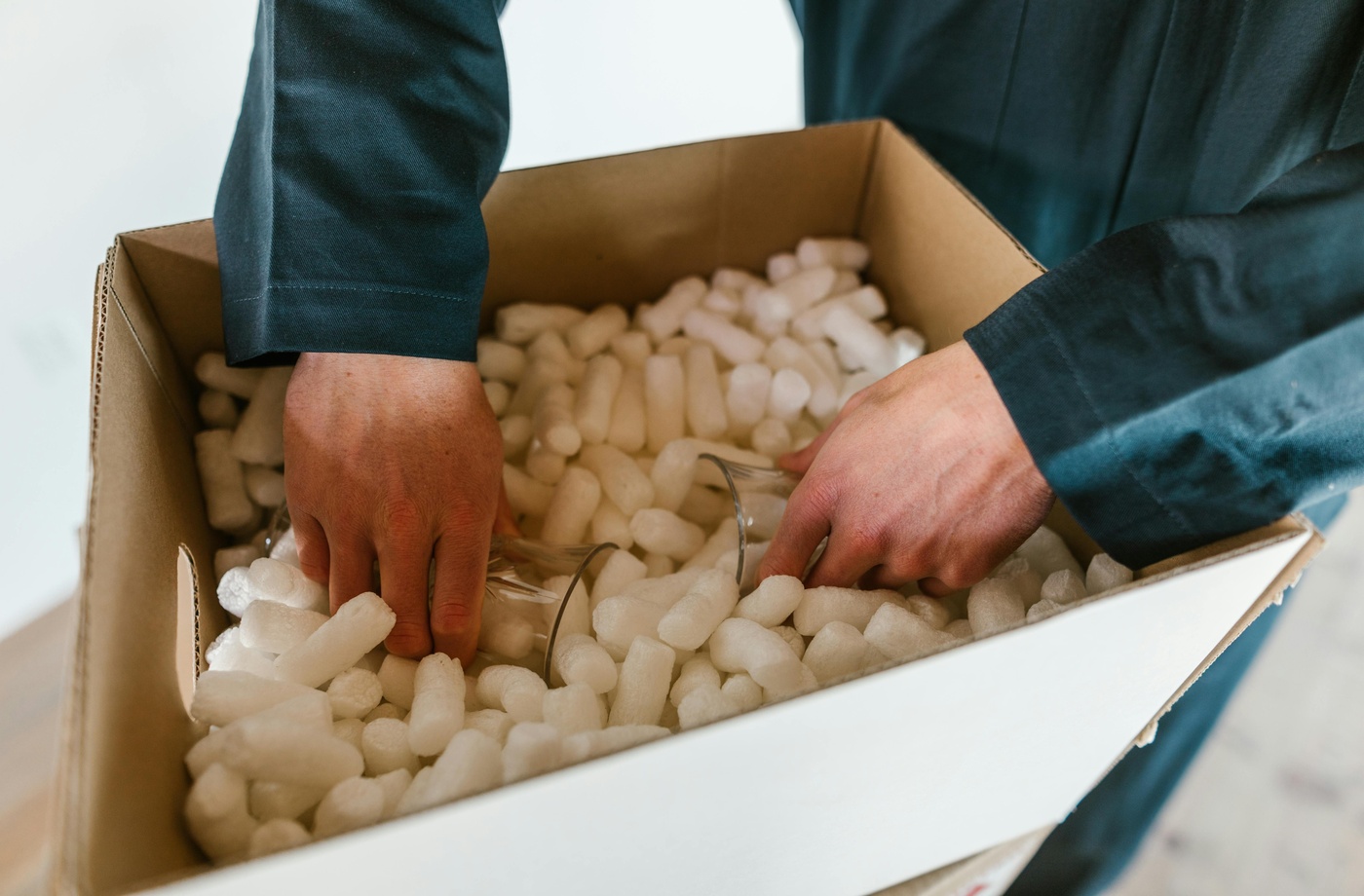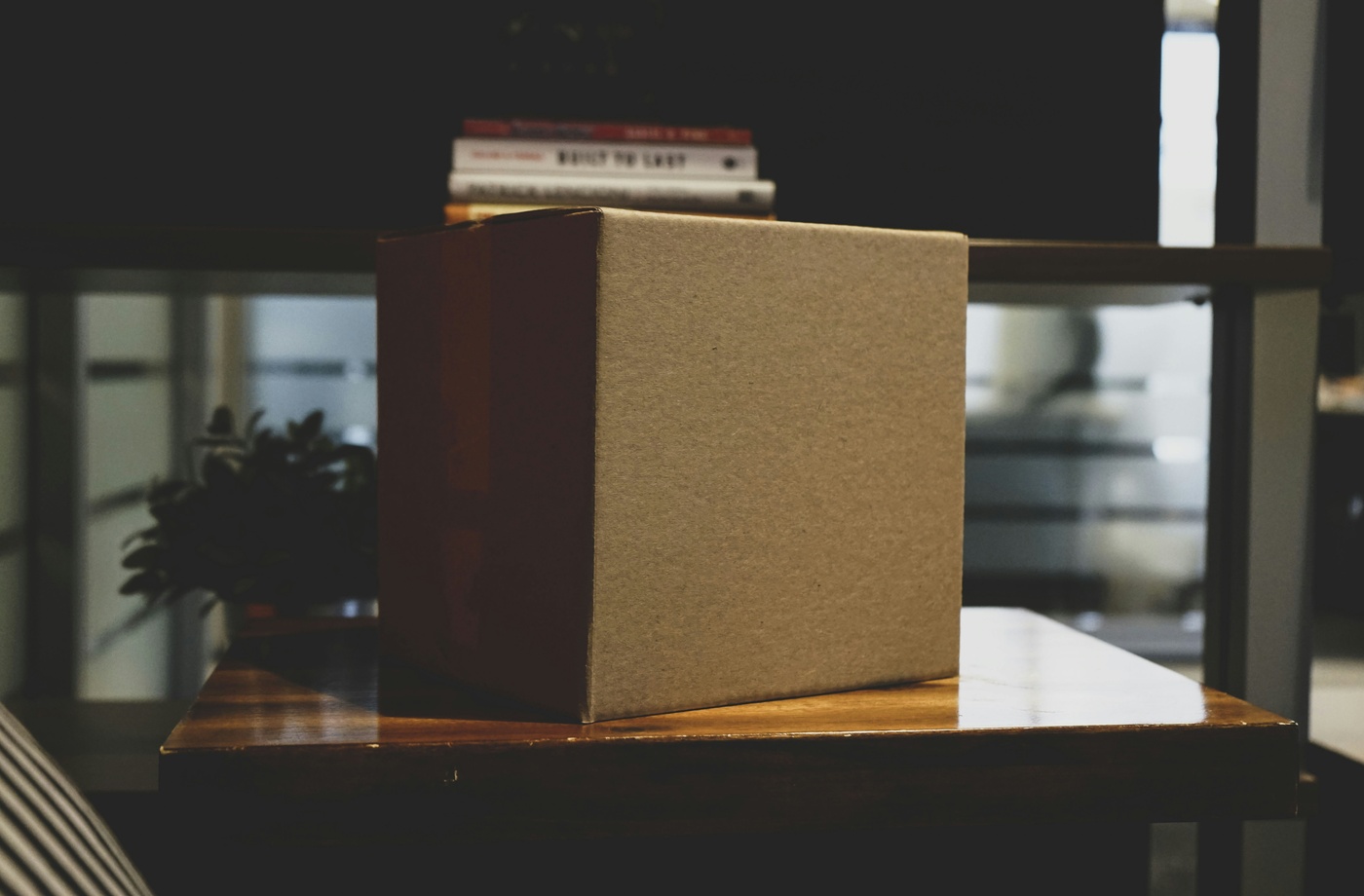Shipping fragile items requires more than just a sturdy box. One crack, dent, or shift in transit can lead to customer dissatisfaction, product loss, and refund requests. Whether you’re mailing glassware, electronics, ceramics, or anything breakable, using the right materials and techniques can dramatically reduce the risk of damage. Here’s how to properly package fragile items for safe delivery, step by step.
- Choose the right-sized box
The box should be large enough to allow for padding on all sides, but not so large that items shift excessively in transit. A snug fit with enough buffer space (at least 2 inches on all sides) is ideal.
- For standard-sized boxes, suppliers like Uline and EcoEnclose offer durable, corrugated options.
- For delicate electronics or custom shapes, consider double-boxing to add extra protection.
- Use cushioning materials generously
Cushioning is your first line of defense against shock and impact. Use a combination of:
- Bubble wrap: Wrap each item individually, securing it with tape.
- Packing peanuts: Fill voids to prevent shifting. Use anti-static peanuts for electronics.
- Kraft paper or air pillows: Great for lightweight padding and surface protection.
- Foam corners or molded inserts: Best for high-value or precision items like instruments or glass.
Avoid using old newspaper—it compresses easily and offers little impact resistance.
- Secure the interior with double boxing (if needed)
Double boxing adds a secondary layer of protection. To do this:
- Wrap the item in bubble wrap and place it inside a smaller inner box.
- Surround that box with 2 inches of cushioning material inside a larger outer box.
- Seal both boxes tightly with reinforced packing tape.
This is especially recommended for shipping fragile electronics, luxury goods, or items over $500 in value.
- Seal and label properly
- Use heavy-duty packing tape—not masking or scotch tape—to reinforce all seams.
- Apply multiple strips along the center seam and sides of the box.
- Label the package clearly with “Fragile,” “Handle With Care,” and “This Side Up” stickers if orientation matters.
While carriers like USPS, FedEx, and UPS do not guarantee special handling based on labels alone, these markers still serve as helpful visual cues.
- Insure high-value or one-of-a-kind items
Shipping insurance helps you recover costs in the event of loss or damage. Most carriers offer basic coverage ($100 for UPS/FedEx; limited for USPS), but you can purchase additional insurance for valuable goods.
- Track and confirm delivery
Always choose a shipping service that includes tracking and delivery confirmation. Services like FedEx Ground and USPS Priority Mail offer these as standard.
- Save on packaging and shipping costs
Protecting fragile items doesn’t have to mean spending more. For frequent shippers, combining proper packaging with cost-saving methods helps maintain your margins. For example, you can save money on USPS shipping or earn cashback with a DHL gift card when buying digital gift cards through Fluz. These gift cards are accepted at checkout and can be purchased for exact amounts.
To explore more shipping brands with cashback rewards, visit Fluz.
Conclusion
Shipping fragile items comes down to preparation. With the right materials, packing techniques, and delivery methods, you can ensure even the most delicate products arrive in perfect condition. Combine that with smart spending through cashback platforms, and your shipping process becomes both reliable and cost-efficient.



